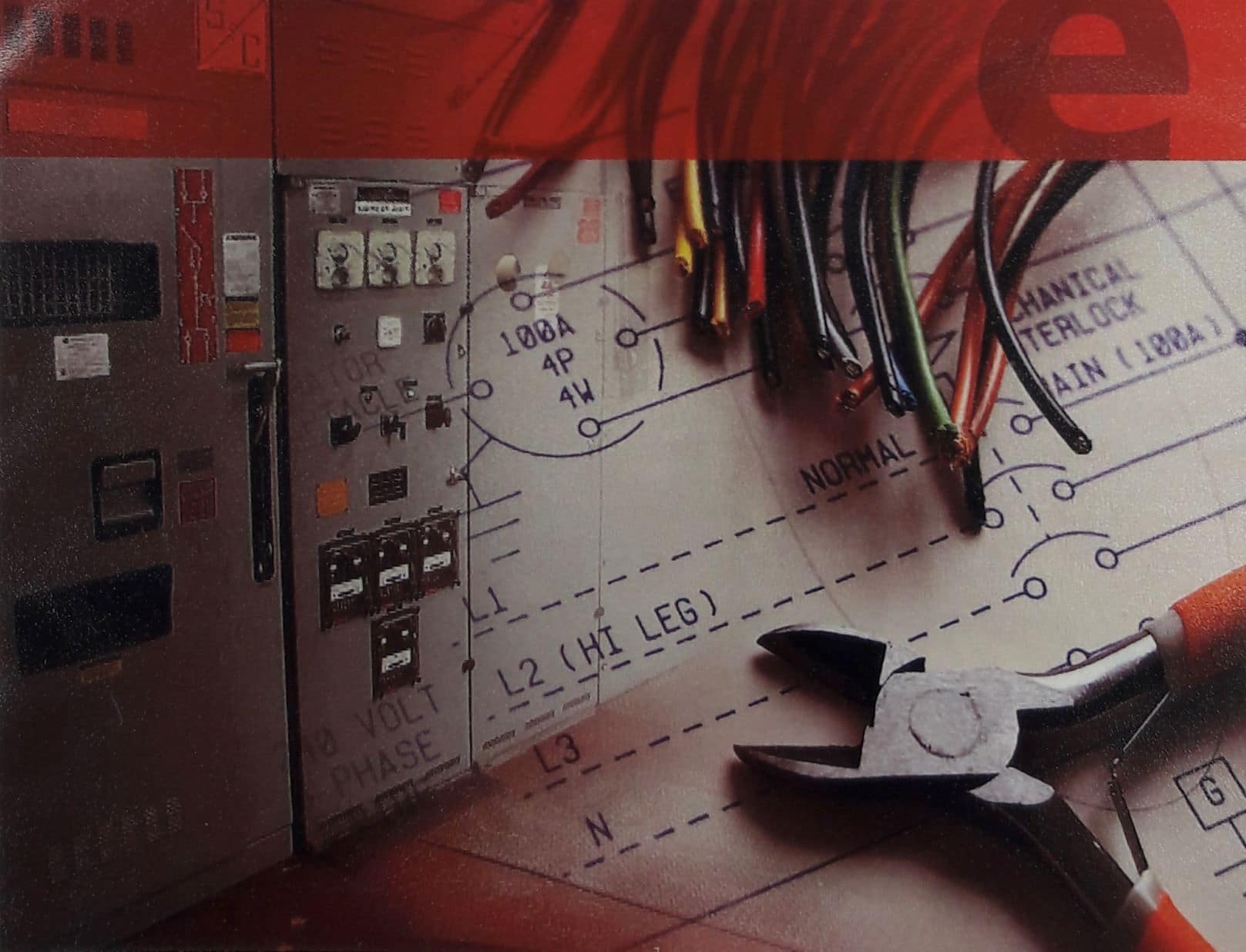National Electric Code, Article 200 - Use and Identification of Grounded Conductors
Ahhh, the often ill-referred-to grounded conductor. People often incorrectly refer to these conductors as neutrals, commons, “the white wire,” and a host of other trade slang terms. To clear the mud, Article 200 defines grounded conductors as “a system or circuit conductor that is intentionally grounded.” (NEC Article 100 Definitions.)
The critical word in that definition is “intentionally.” A circuit conductor must be grounded only where allowed by the NEC.
As an example, Article 230 covers electrical services. In this article, conductor sizes are discussed in 230.22(C) for grounded conductors via an immediate reference to 250.24(C). Following the reference trail, we are again referred elsewhere. In this case, we go to Table 250.102(C)(1) for a typical service with a single raceway or cable. This connection is allowed in only one location according to article 250.24(A)(5), and that location is at the neutral point at the supply side of the service per 250.142(A) and (B), with very limited exceptions.
NEC, Then and Now
In the 2020 update to the NEC, the grounded system connection requirements were clarified in 200.3 – Connection to Grounded Systems. Here are the excerpts from 2017 and 2020 versions of that article:
⇒2017: “Premises wiring shall not be electrically connected to a supply system unless the latter contains, for any grounded conductor of the interior system, a corresponding conductor that is grounded. For the purpose of this section, electrically connected shall mean connected so as to be capable of carrying current, as distinguished from connection through electromagnetic induction.”
⇒ 2020: “Grounded conductors of premises wiring systems shall be electrically connected to the supply system grounded conductor to ensure a common, continuous grounded system. For the purpose of this section, electrically connected shall mean making a direct electrical connection capable of carrying current, as distinguished from induced currents.
This wording change makes it very clear that the grounded conductor requirement is for all premises wiring. This is true for interior of structures or outdoor equipment – in other words, there are no exceptions.
The “exception” listed in 200.3 is for listed interactive systems like photovoltaic or fuel cell power systems, and those systems are not required to have a grounded conductor ONLY IF the premises wiring already includes such a conductor. This is not exactly an exception to the rule in 200.3 because these systems are intended to be used interactively with an existing service where the intent of 200.3 has already been met.
History Lesson
Now for the required electrical history lesson. How did we ever get to this “neutral” concept anyway? Where did the idea of GROUNDING a CONDUCTOR come from? It’s easy to understand grounding as in the concept of making a system equal with the earth’s potential. But what about grounding a wire that intentionally carries current (e.g. the grounded conductor)?
Well, let’s learn from history. Specifically, let’s go back to the 1940s, where a host of insulation failures began happening as the 3-phase motor’s use began to escalate all over the country. Investigations began to show that reactive and capacitive grounding were happening whether designed or not. The only way to stop these unplanned and often destructive grounds from harming the electrical system was to install solid grounding conductors at the service entrances of the electrical supply.
For a more detailed study on this topic, feel free to read this article, The Historical Development of Neutral-Grounding Practices, by Edwin Owen.
Making Sure Our Electrical Systems Do What We Want Them to Do
It is vitally important to properly size and install this grounded conductor. It is equally important to know where NOT to install grounded conductors. By following the requirements mentioned in the National Electrical Code, our electrical systems will do what we want them to do:
- operate as designed
- provide fault paths as desired
- allow appropriate overcurrent response to failures via the much-revered GROUNDED CONDUCTOR.
Remember – stay grounded, and everything will work out just fine!
Need Industrial Training?
See our updated schedule online.


Great article! Love the history.
That means a lot coming from you, Mr. LeRoy. I appreciate the feedback! I love the history as well!
Does the NEC now require wire numbers on Neutral (grounded) conductors?
The 2020 NEC has some updates on identification of Grounded Conductors. These updates appear in Article 200, and include the following (some re-wording/clarification):
Insulated conductors must have a continuous white or gray outer finish, or 3 white or gray stripes along the conductor length (any color other than green) – this is for 6 awg and smaller. The code also allows tracer threads on insulations that are white or gray. They also have special allowances for PV systems, MI cable, fixture wires, and aerial cable. None of these require wire numbers on the grounded conductor.
For 4 awg and larger, continuous white or gray is allowed, as well as the three white or gray stripes on anything other than green insulation, and at time of install, a distinctive white or gray marking at the terminations that encircles the entire conductor.
There is no mention of wire numbers required anywhere in the NEC. However, in industrial establishments, with qualified personnel servicing the equipment, grounded conductors may be marked by “other equally effective means.” This certainly could include wire numbers that match an associated electrical drawing as long as the employees are clear on that distinction. This would not, however, exempt someone from other NEC rules in Article 200 (green used as a grounded conductor, for example, would still be a violation).
Hope this answers your question.